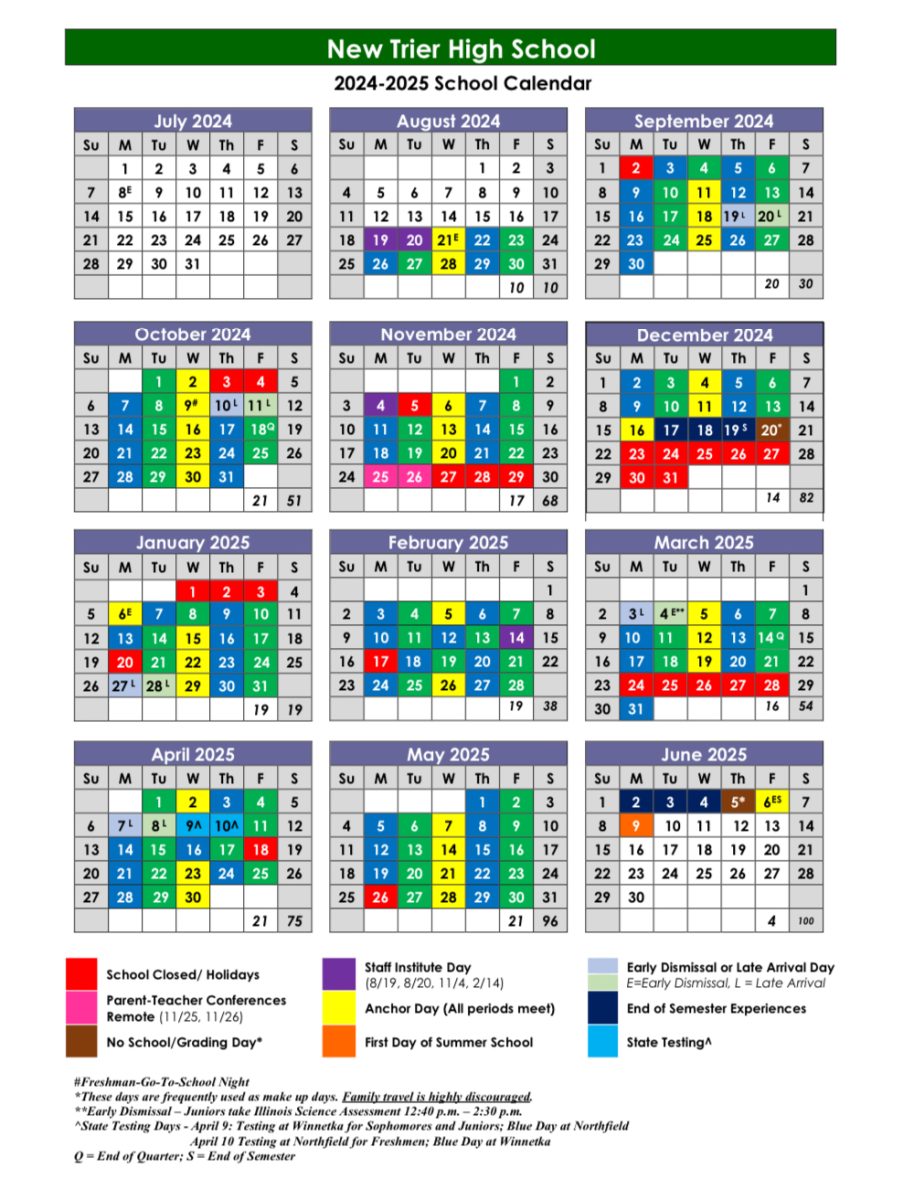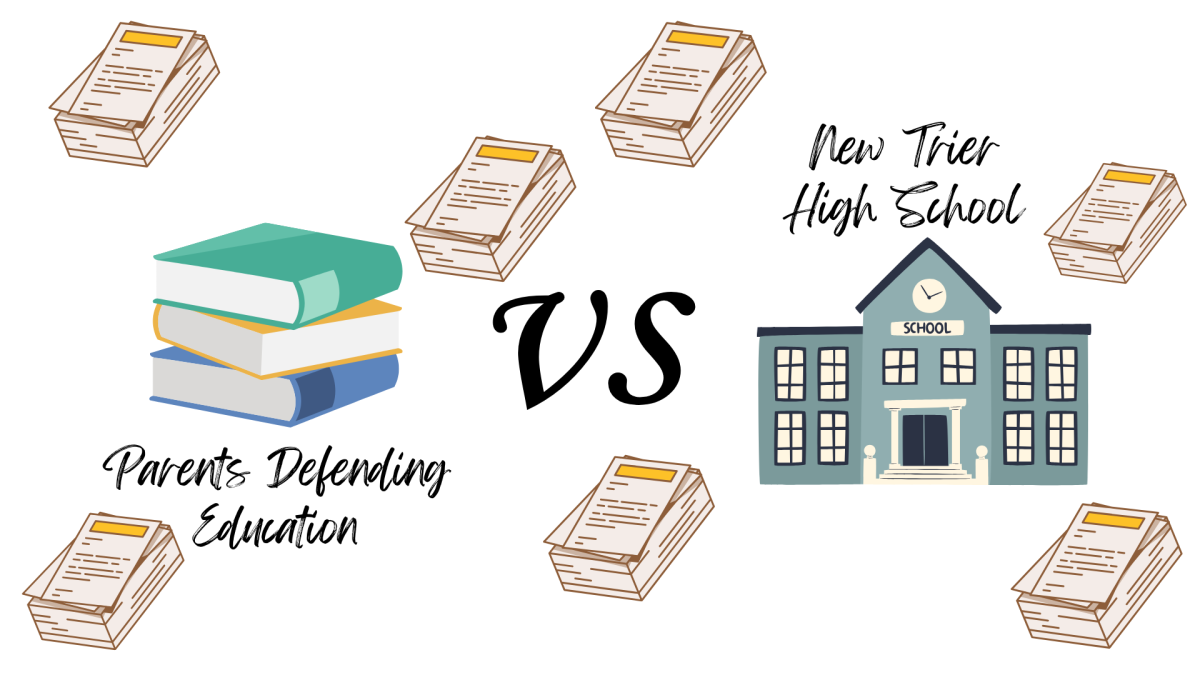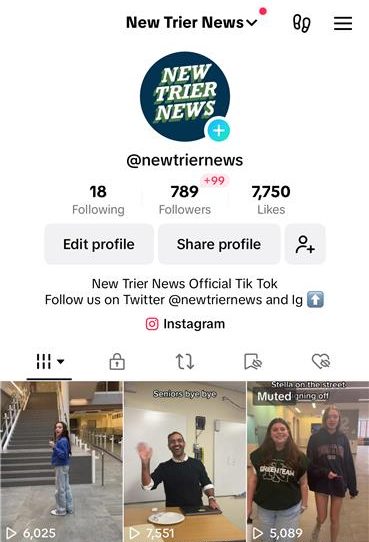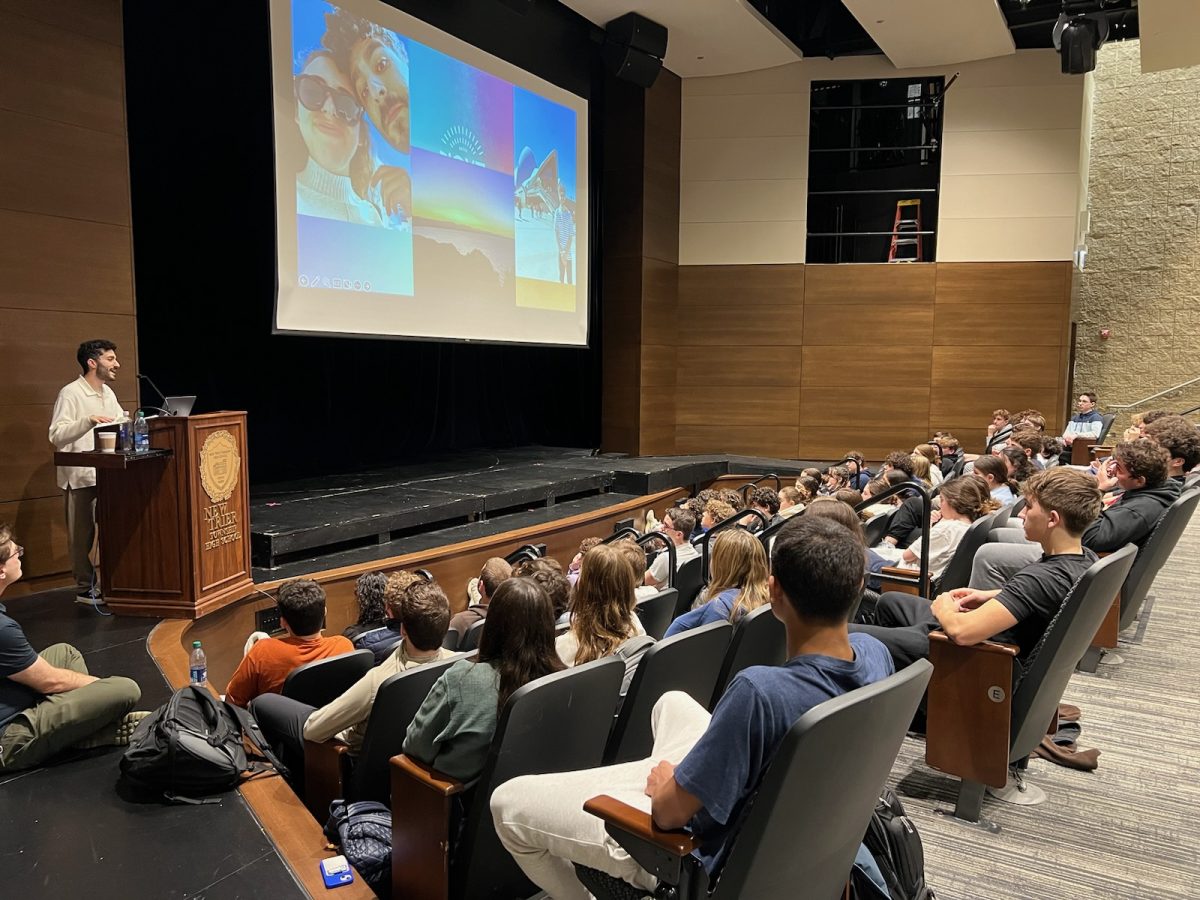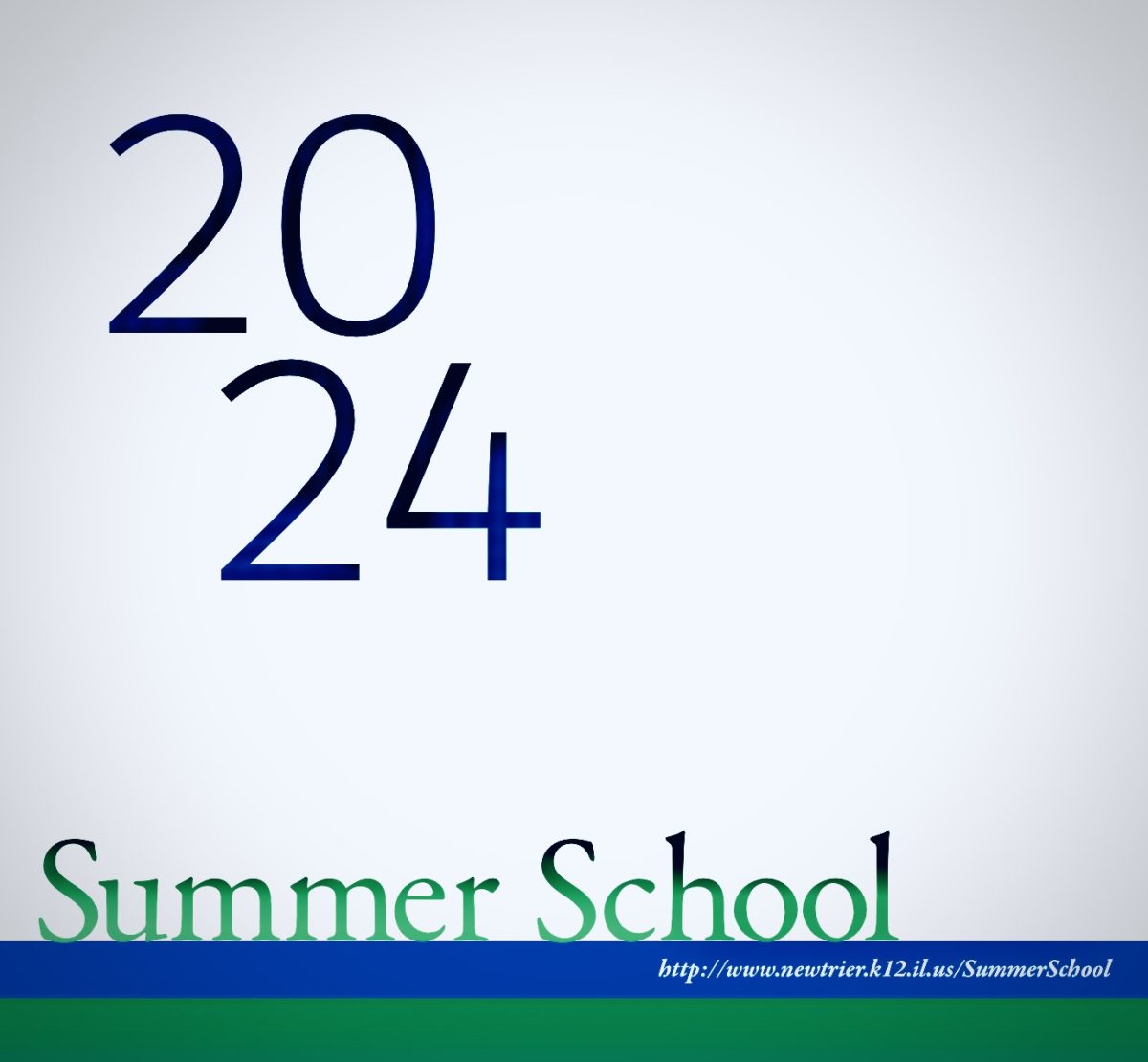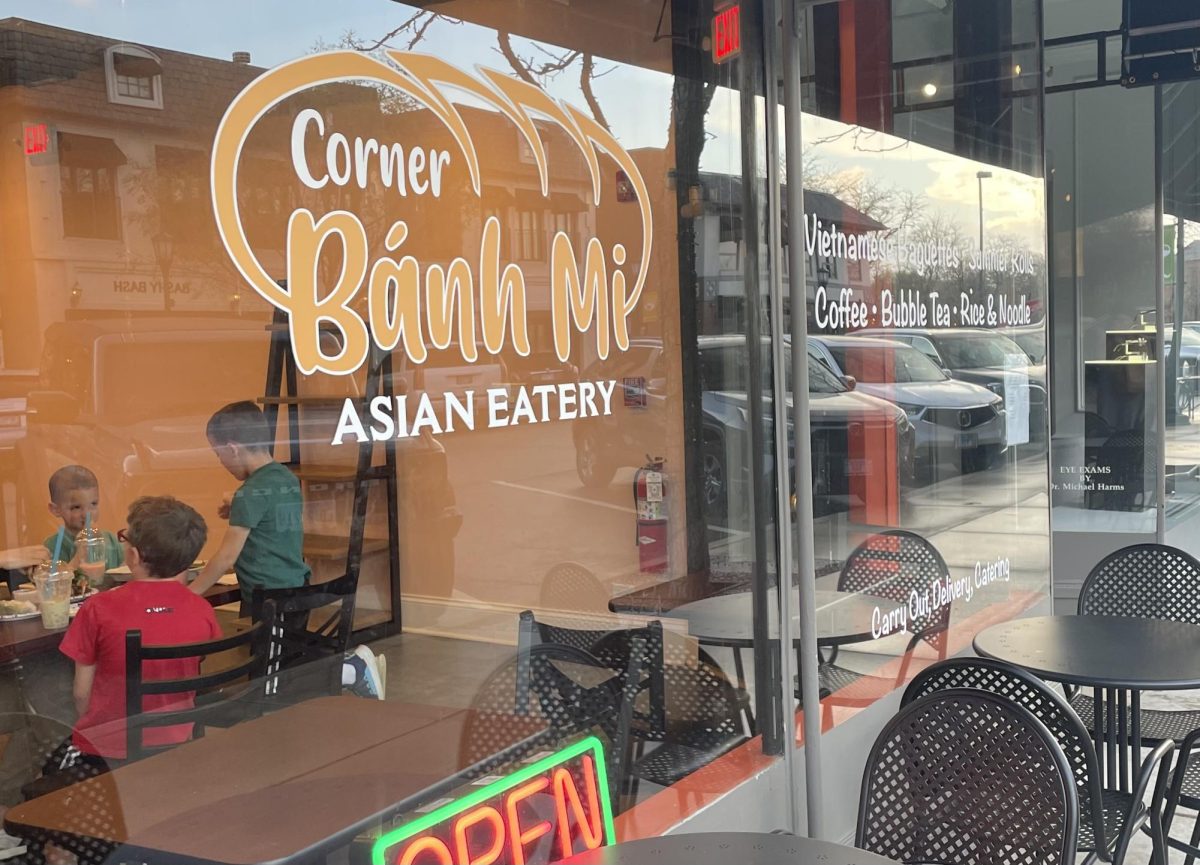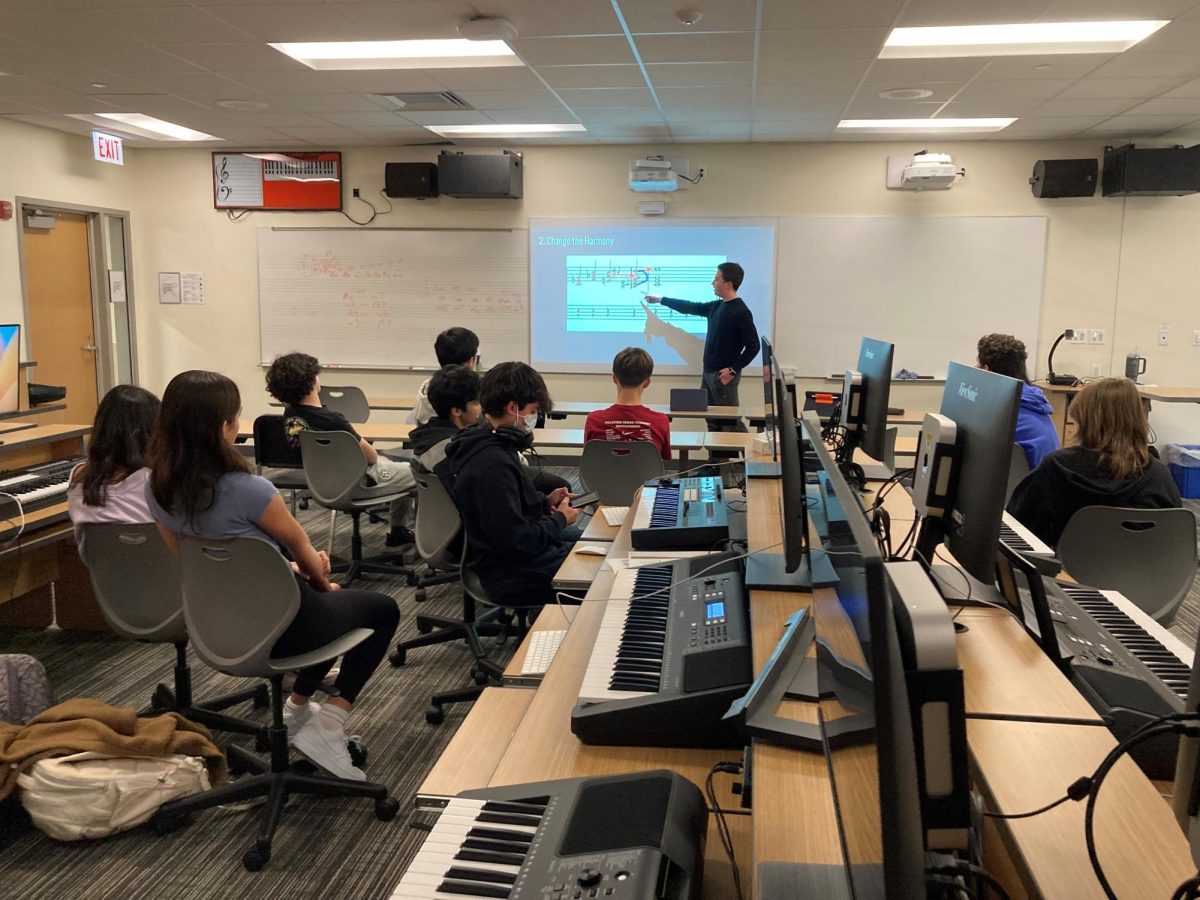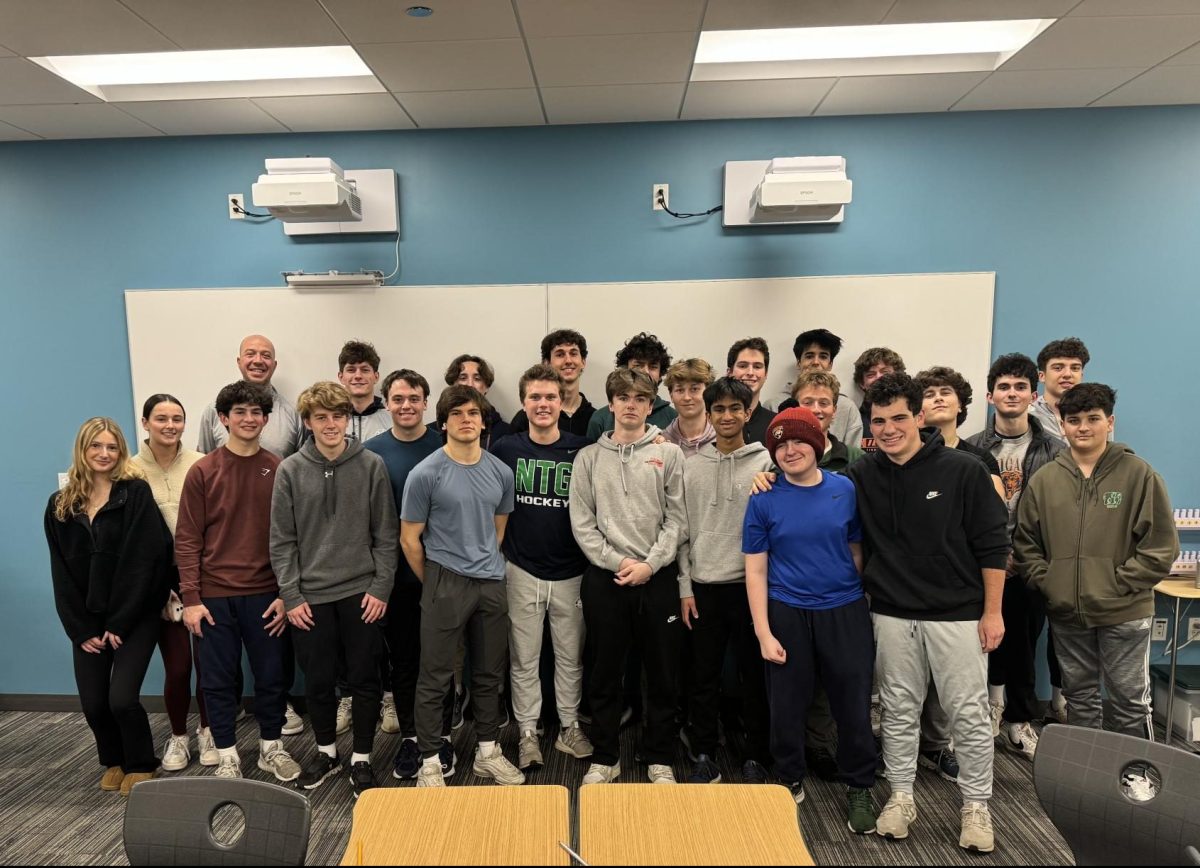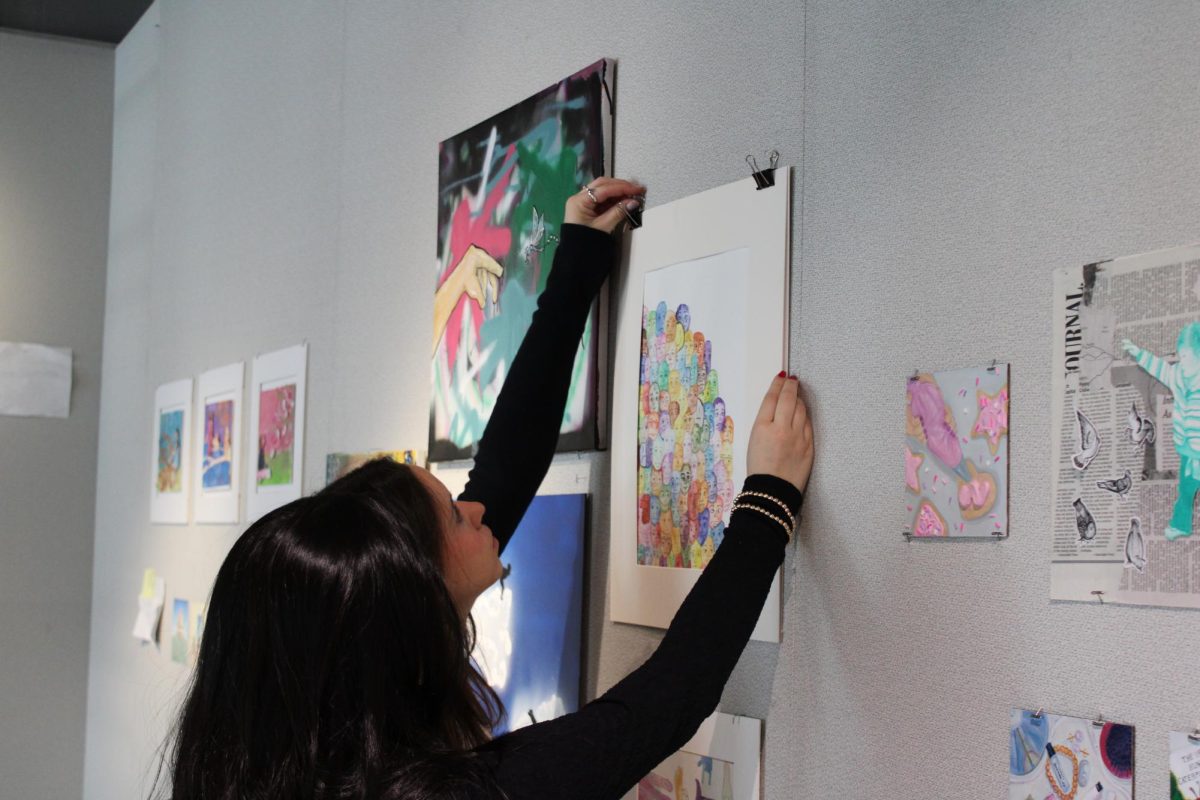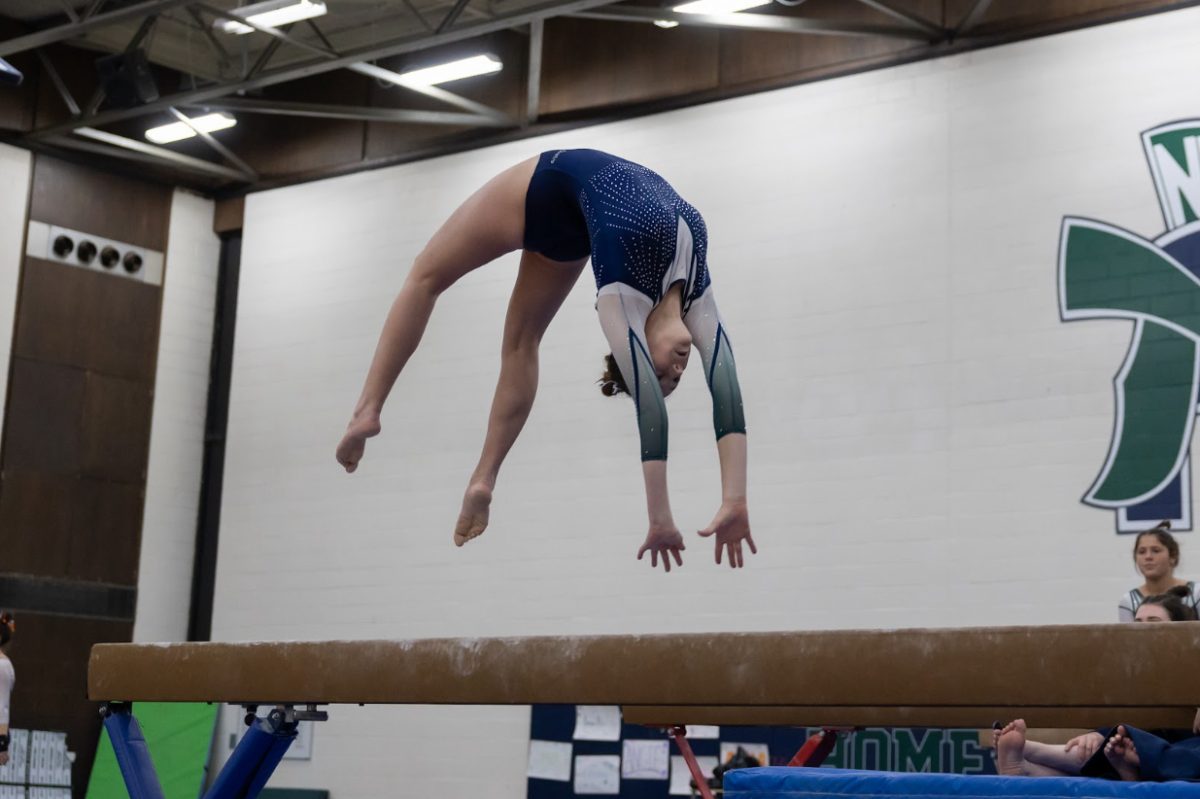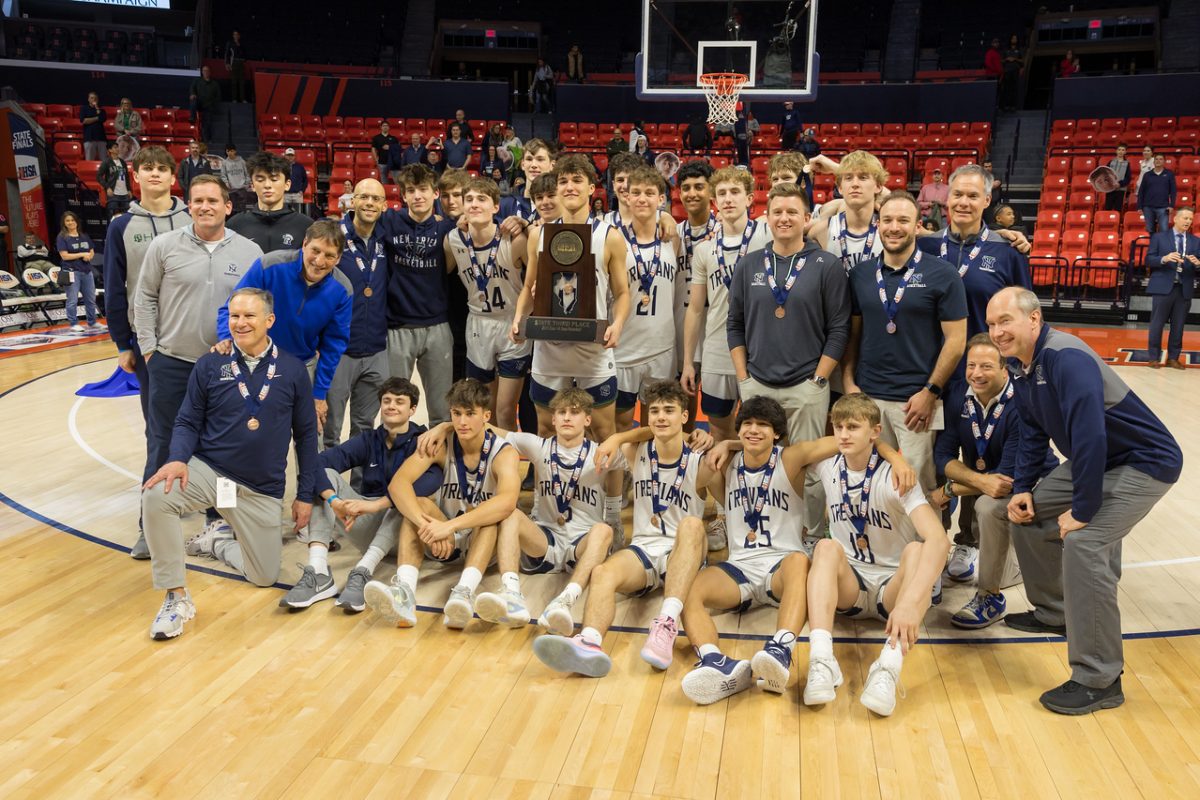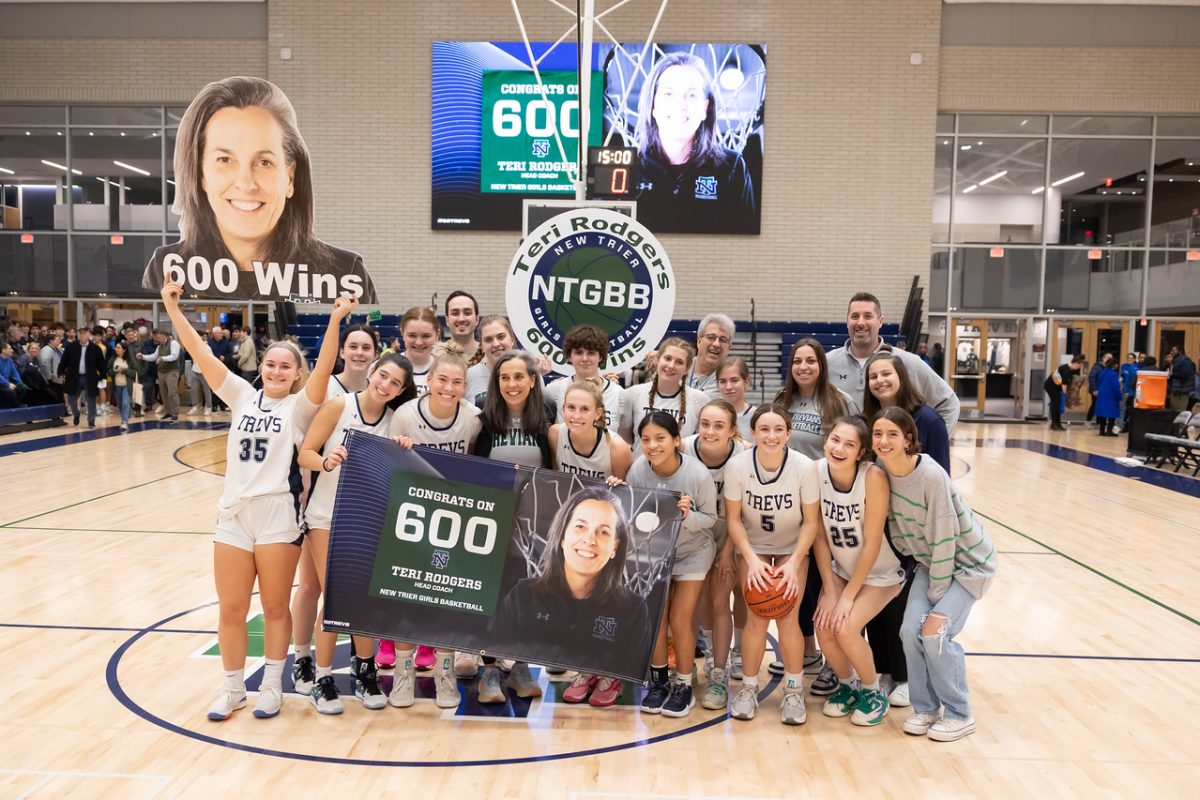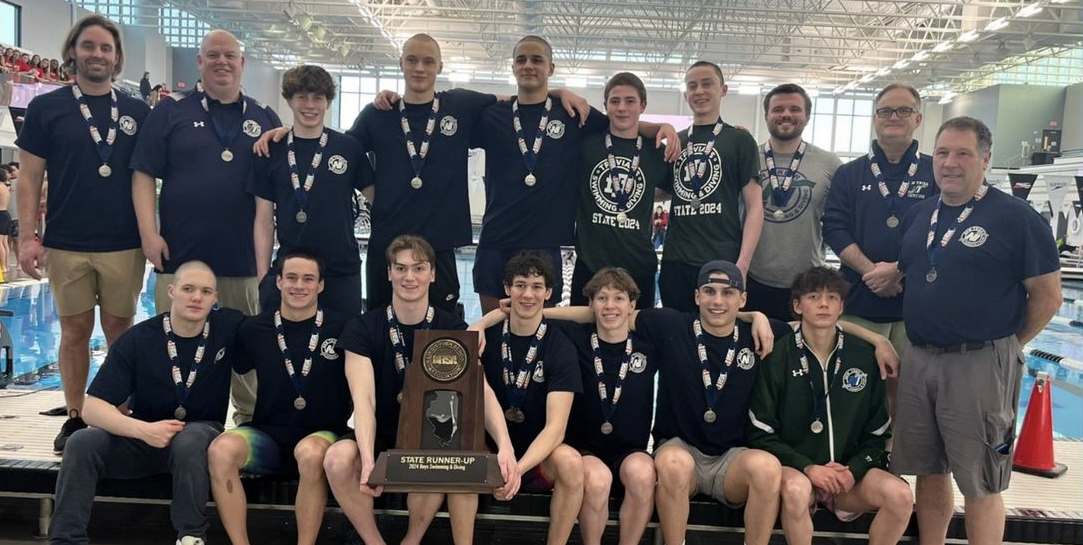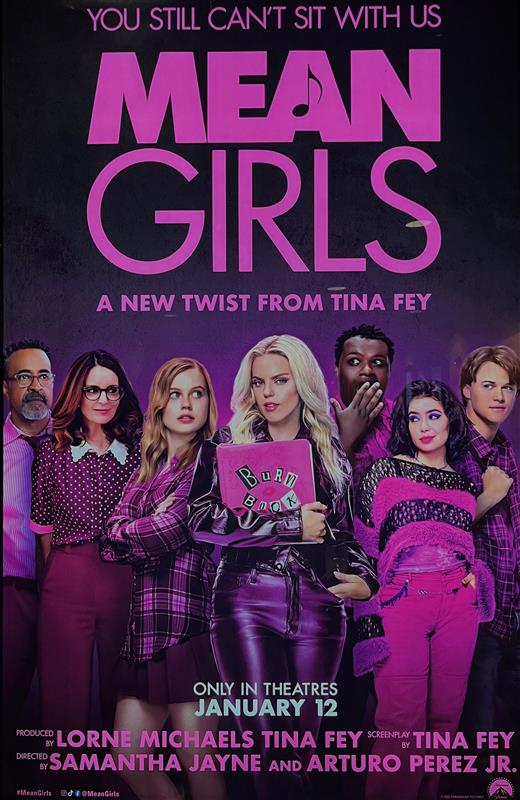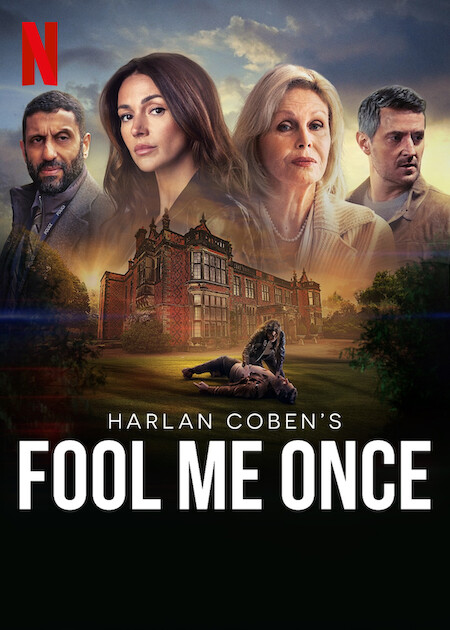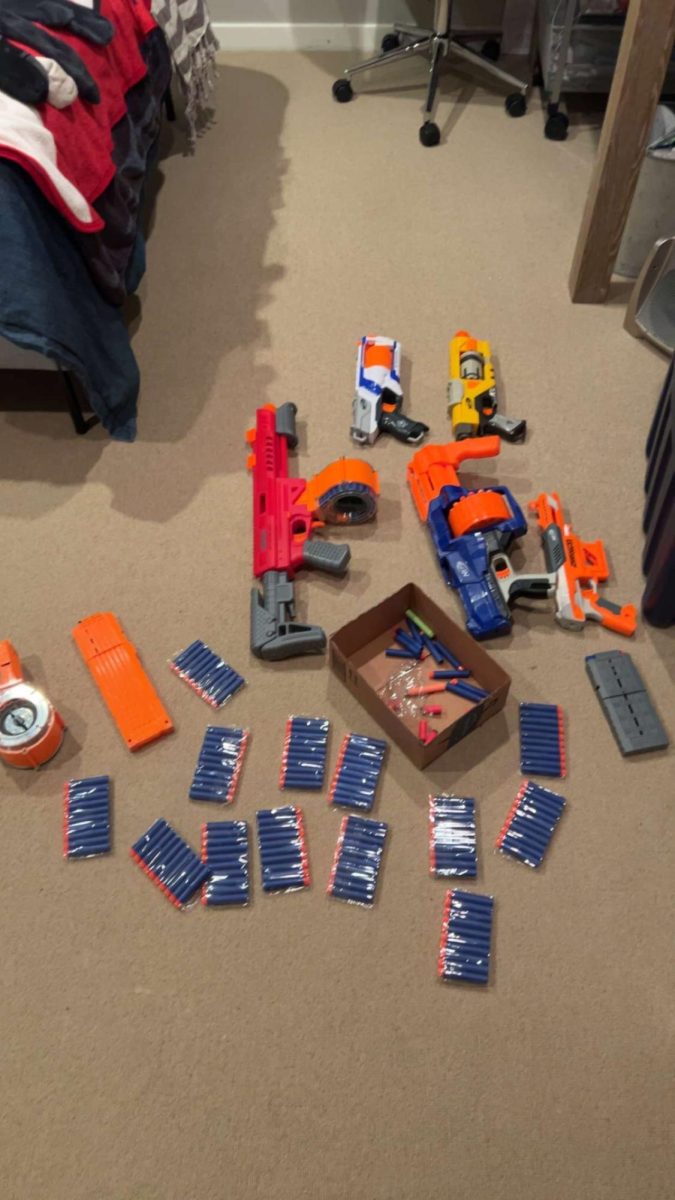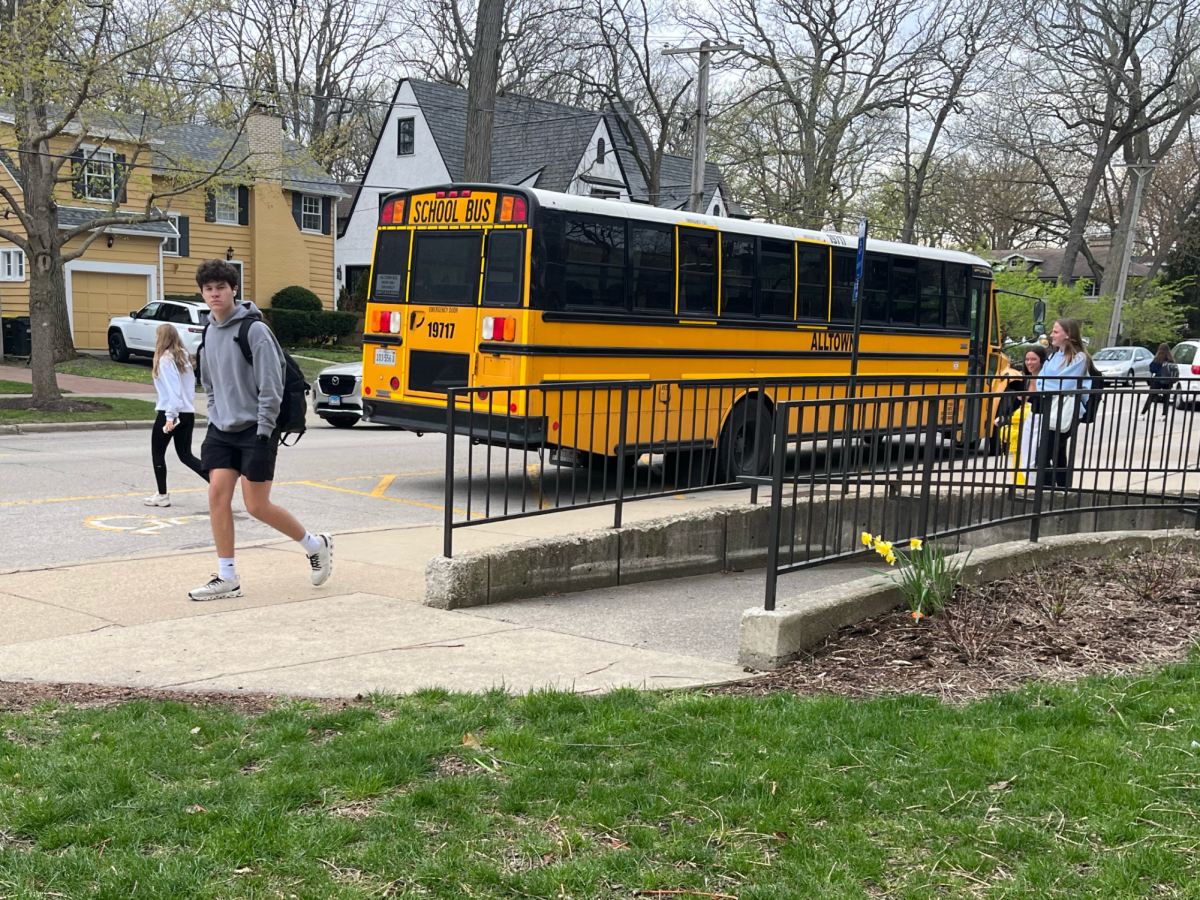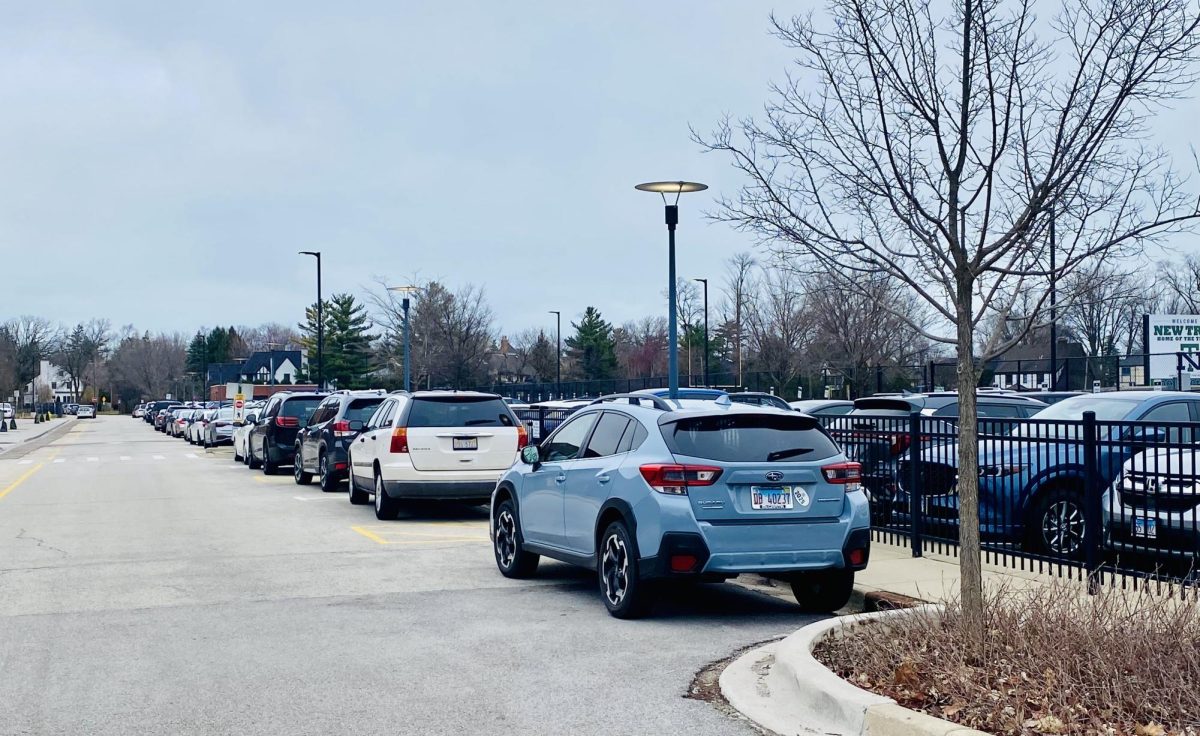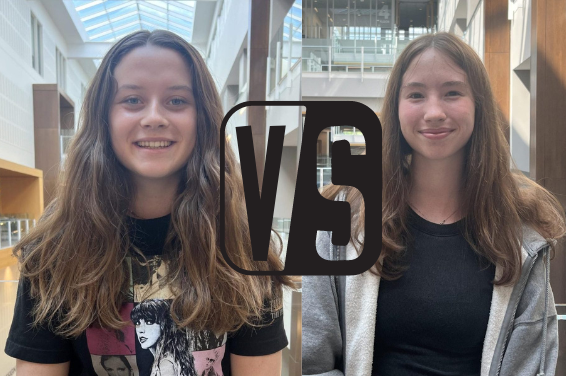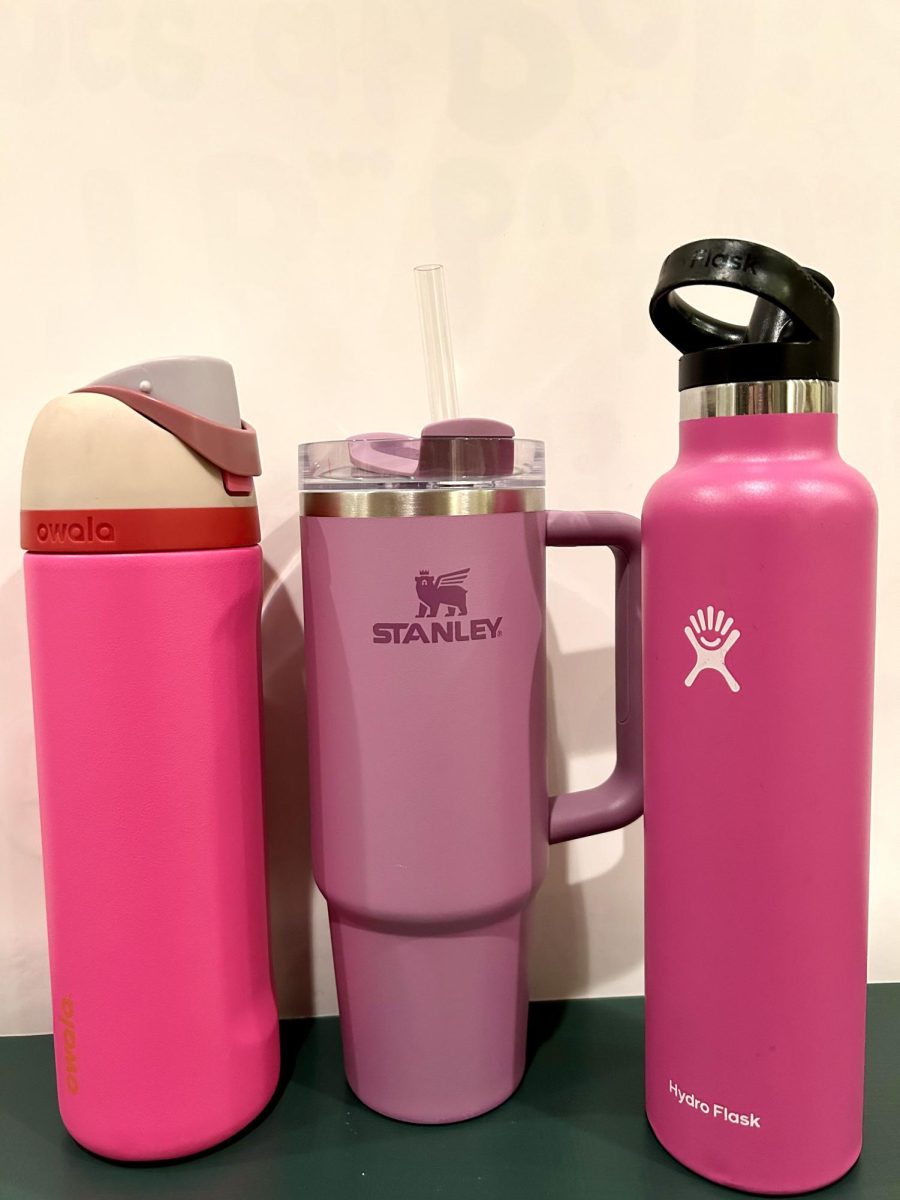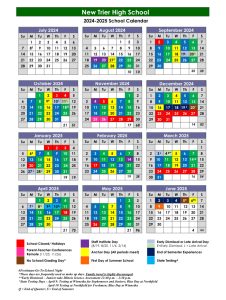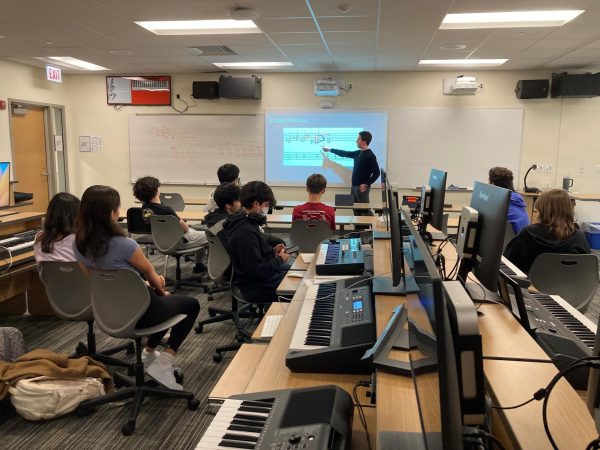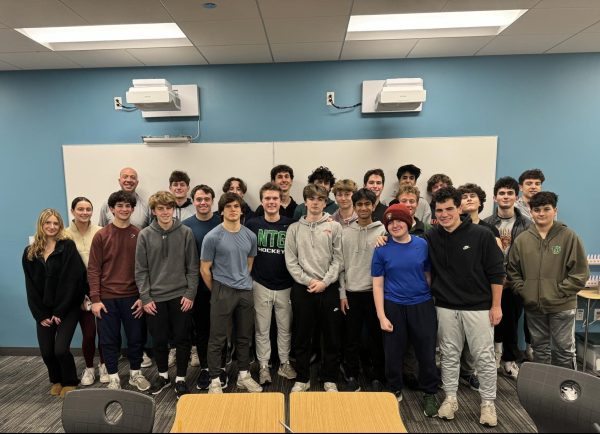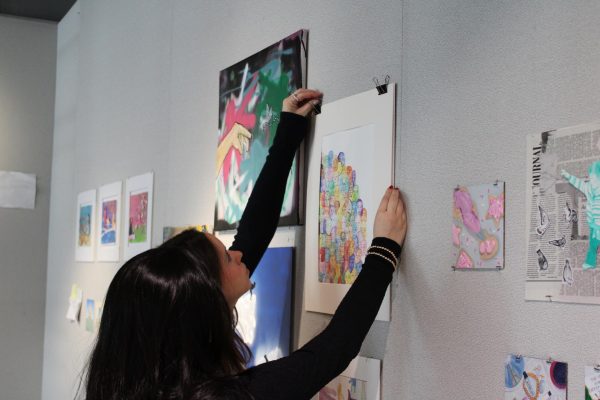Visiting colleges fail to engage juniors
January 15, 2016
Colleges from all over the country come to New Trier, using a one-hour slot to offer information and answer students’ questions.
Senior Claire Zimmerman, however, did not find these meetings helpful. She objected to what she saw as obvious bias in them. During the three or so meetings she went to as a junior, she said she didn’t learn anything new about the schools.
Junior Meera Joshi agreed. “My advisor told us that the meetings were supposed to give the feeling of the school,” Joshi said. “But I don’t see how a typical question and answer session with some guy is supposed to do that.”
Joshi has gone to several college presentation meetings, and said many had the same information.
According to post-high school counselor Dan Rogan, though there is a wide variety in the Admissions Representatives who come to speak, some are better than others. “You can’t necessarily judge a school by whether you like the admissions rep or not,” Rogan said.
“If you want a more personal experience,” Rogan said, “I would go to some of the smaller school meetings.” Because fewer people show up, the speakers can get to know more about the students and their interests.
Some students did find these college presentations useful. Junior Maya Kowitt, who was considering applying to University of Texas said, “I learned that it was a big state college and 90% of the kids are from Texas.” This prompted Kowitt’ to no longer pursue University of Texas.
Each college representative is only present during a specific time slot each day. This pressures students to miss classes to attend the meetings. Even when a free period does match up with a school a student is interested in, the meetings are twenty minutes longer than classes. Junior Joe Akason expressed his troubles with the schedule.
“Since it happens during the classes, I can’t meet with the colleges I’m interested in.”
Rogan says the administration is aware of these issues and that they are looking into the possibility of shortening the visits to 45 minutes. Despite this, some are reluctant to change them. “The thought is that if there’s an overlap of two periods, more students can come and see the schools,” Rogan explained.
This timing issue also impedes on a student’s ability to discover schools they might not know about. “Since [meetings] happen during classes, I wouldn’t go to see a school I didn’t know,” Kowitt said. Many of the universities visiting are practically unknown–that’s why they come here. By making it inconvenient for students to come to those presentations, the institutions lose a lot of potential applicants.
Rogan suggested that going to see lesser known schools is constructive for the college process. “A student who comes in with preconceived notions about a particular school, that’s going to color their whole experience,” he said. He believed that sitting down with a representative from a school you don’t know can be very eye opening.
Despite the complaints, students continue to attend the college meetings to demonstrate interest in a school they want. Zimmerman, who claimed she didn’t learn much, did not express regret about going to any of these meetings. “I basically just went to show interest in the school,” she said.
Junior Satchi Mehta said, “I would probably stick to the colleges that I’m focusing on.” Because many students go in with this mindset, it makes sense for them to sign up for these mailing lists to increase their chances of acceptance.
With college in mind, these meetings are something that students can use to ask important questions to the institutions directly and prepare themselves for the application process. There might be problems with the program, but it does not go completely unappreciated.
“This is a pretty unique program,” Rogan said, “and who knows, taking advantage of it could shape your future.”

